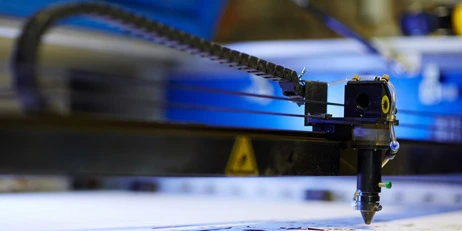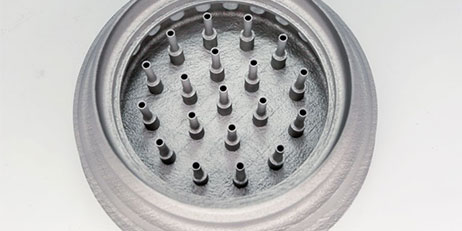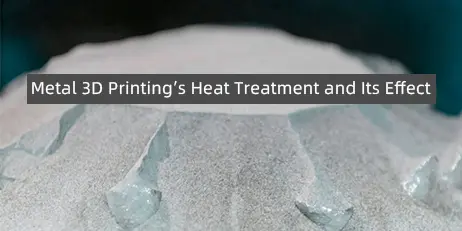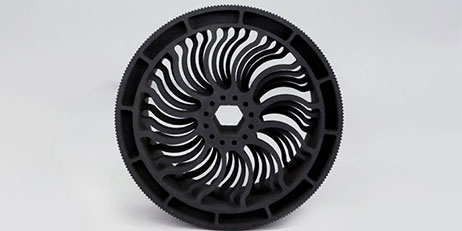Sustainable manufacturing practices have become a top priority for industries worldwide. As the demand for eco-friendly and resource-efficient production grows, innovative technologies like Selective Laser Melting (SLM) metal 3D printing have stepped into the spotlight. This blog explores the critical role that SLM metal 3D printing plays in sustainable manufacturing, from reducing waste to optimizing material usage.
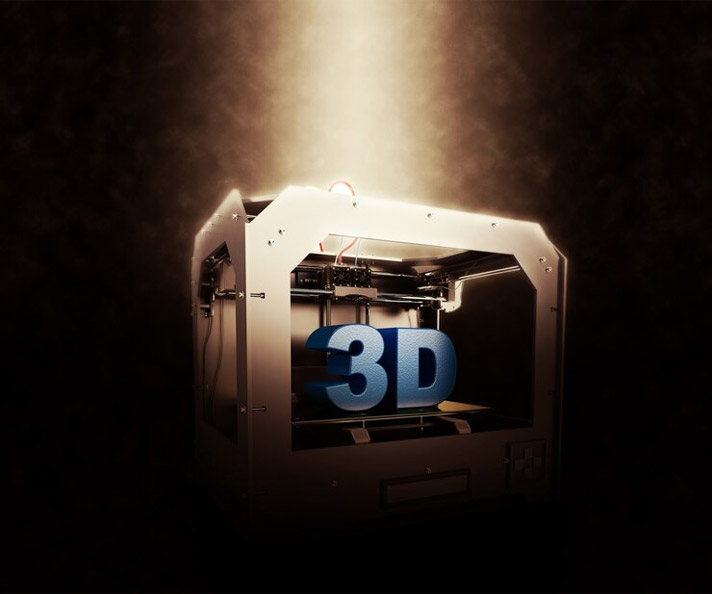
Reducing Material Waste with SLM Metal 3D Printing
Traditional manufacturing processes often result in substantial material waste. For example, subtractive methods like CNC machining involve cutting away excess material from a solid block. In contrast, SLM metal 3D printing is an additive process, which means that it builds parts layer by layer. This approach significantly reduces material waste, as only the necessary amount of metal powder is used to create each component.
Energy Efficiency in SLM Metal 3D Printing
Energy efficiency is a key component of sustainability in manufacturing. SLM metal 3D printing can be highly energy-efficient when compared to traditional manufacturing techniques. The localized melting of metal powder by a high-powered laser requires less energy than the continuous operation of large machines used in subtractive manufacturing.
Complex Geometry and Lightweighting
Sustainable manufacturing often involves designing products with minimal material usage. SLM metal 3D printing excels in this regard due to its ability to produce complex geometries with internal structures that are otherwise impossible or extremely difficult to achieve with traditional manufacturing methods. This enables lightweighting, where parts are designed to be both strong and lightweight, ultimately reducing material consumption.
Customization and Local Production
The customization capabilities of SLM metal 3D printing are ideal for sustainable manufacturing. Products can be tailored to meet specific needs, reducing the production of standardized parts that might go unused. Additionally, the ability to manufacture components on-site or locally reduces the carbon footprint associated with shipping and transportation.
Recyclability and Sustainability
SLM metal 3D printing is compatible with many recyclable materials, including various metal powders. This means that waste generated during the printing process can be recycled, further reducing the environmental impact.
SLM metal 3D printing has a vital role in advancing sustainable manufacturing practices. By reducing material waste, offering energy-efficient processes, enabling complex geometries and lightweighting, supporting customization and local production, and facilitating recyclability, this innovative technology aligns with the goals of a more sustainable future.
As industries continue to embrace the possibilities offered by SLM metal 3D printing, we can expect to see further innovations and applications that contribute to more eco-friendly, resource-efficient, and sustainable manufacturing practices across various sectors. The impact of SLM metal 3D printing on sustainable manufacturing is not just a trend but a fundamental shift towards more responsible and environmentally-conscious production.
